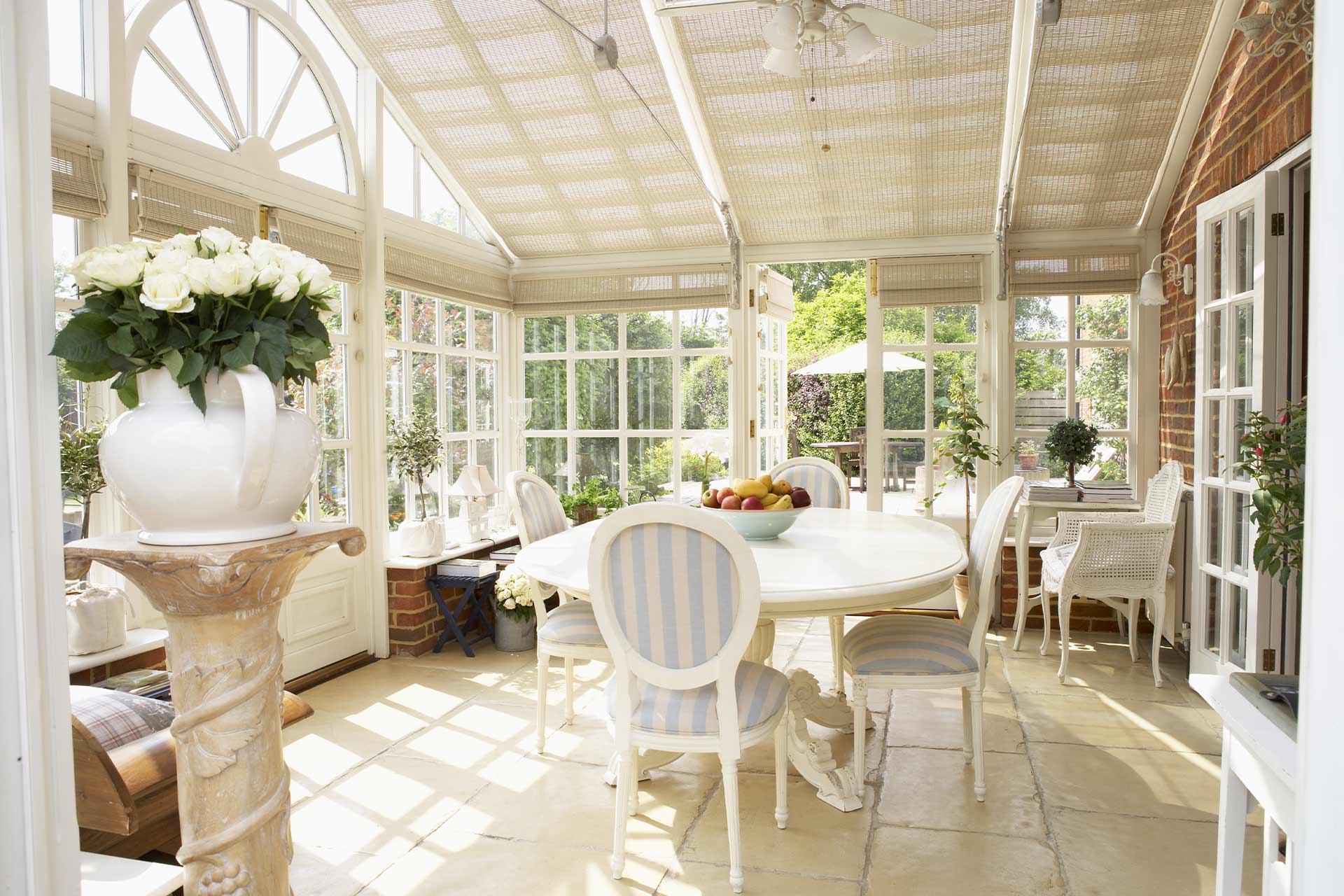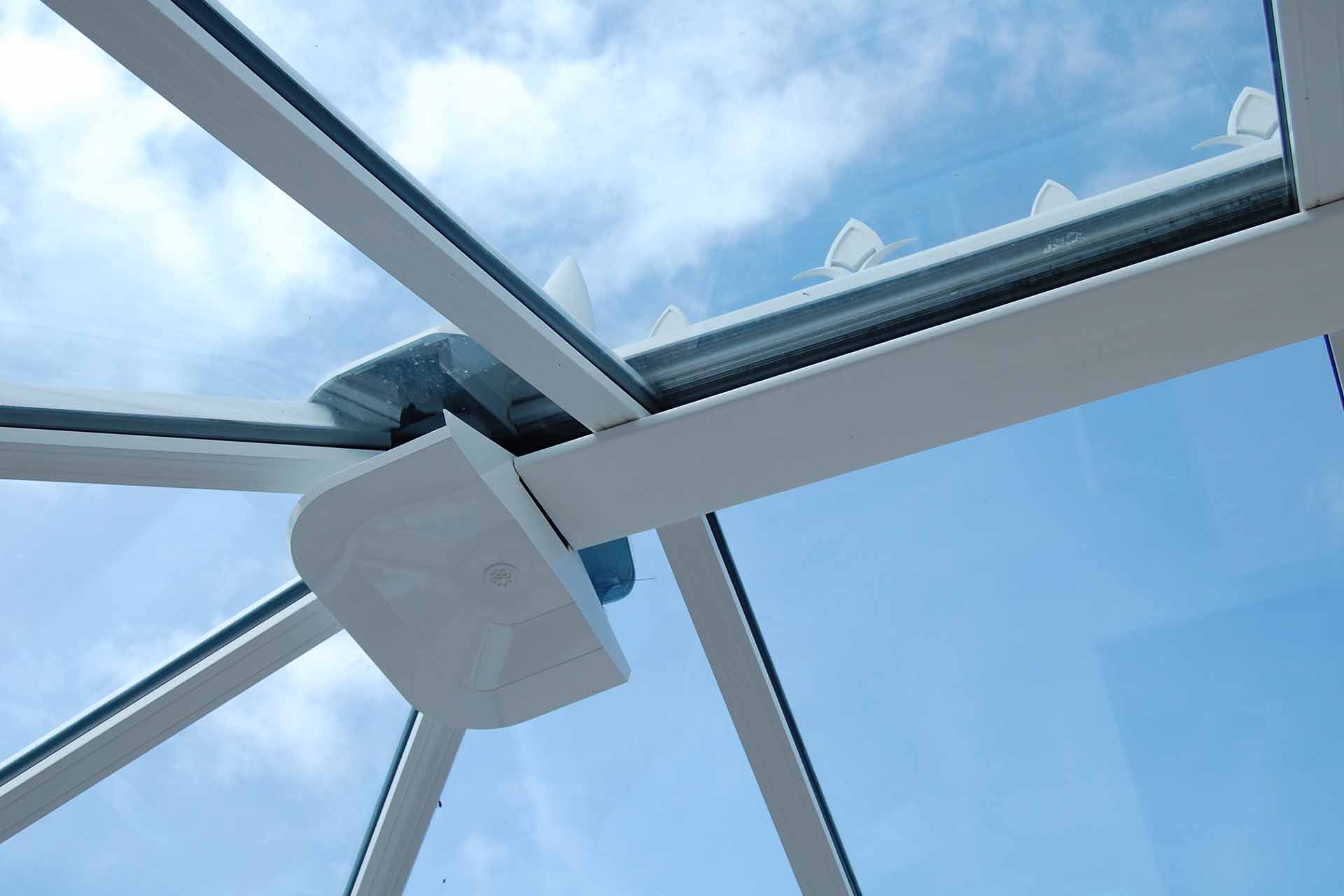Blog>Expert Advice>When does a conservatory become an extension?
Last updated: 18 October 2024
When does a conservatory become an extension?
This handy guide explains the differences between a conservatory and an extension including planning rules, design and the all-important costs.

Adding a conservatory or extension to your home is a popular way to increase space without moving. But what's the difference between the two structures and when does a conservatory become an extension?
Both come with different designs, costs, and planning permission rules so it can be confusing when deciding if a conservatory or extension is best for you. However, help is at hand with this useful guide.
We look at the difference between a conservatory and an extension plus how to hire the best tradespeople for your home improvement project.
See the tradespeople we've checked and recommend for your job
When does a conservatory become an extension?
Put simply, a conservatory becomes an extension when it requires planning permission from your local council - whether that's to construct it or expand it.
The majority of conservatories are built under permitted development rights and don't need planning permission.
However, if the conservatory exceeds these rights or if it contradicts building regulations or local zoning laws, then it may require planning permission.
Once you need planning permission the structure is considered an extension rather than a conservatory.
This can happen if the conservatory:
Requires more than 50% of the land around the original house
Is forward of the front or side of the original house that faces onto a road
Is higher than the tallest point of your property’s roof
The eaves and ridge height are taller than your property
The eaves height is more than 3 metres if within 2 metres of the boundary
Is a side-positioned conservatory and has a width over 50% more than your property’s width and is more than 4 metres tall
Is a rear-positioned conservatory and extends more than 6 metres away from your semi-detached property/ more than 8 metres away from your detached property
You live in a listed property, conservation area, flat or maisonette
Saying that, planning permission is not needed for every extension. If you build within your permitted development rights, you don't need planning permission. However, you must make sure that specific limitations and conditions are met.
For any sort of extension, we recommend you contact your Local Planning Authority (LPA), to check planning requirements before work begins.
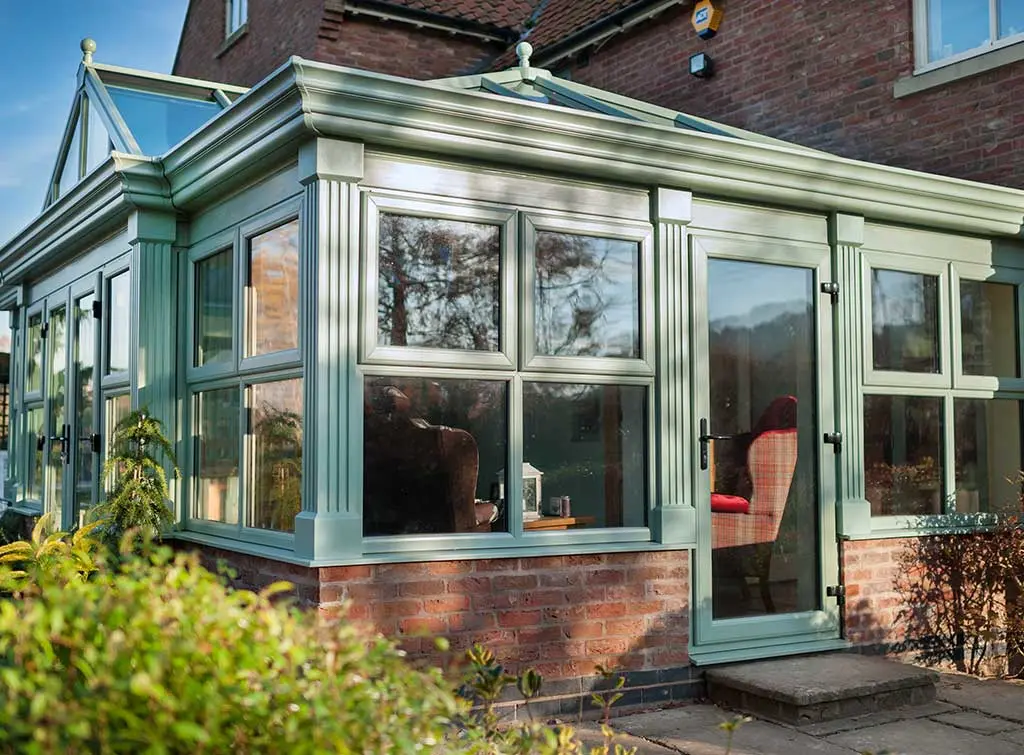
Conservatory vs extension
Conservatories and extensions are both amazing ways to add space to a home without moving. But how do you decide which is best for you?
Knowing the differences between a conservatory and an extension will help you make up your mind.
Appearance
One of the most significant differences between the two is their appearance. An extension is often rectangular and designed so that it appears as part of the home. Conservatories look like an addition to your house and come in a range of different shapes.
Construction materials
Extensions have solid, insulated walls and a roof, made from materials similar to your home, such as brick. This makes the extension fully integrated with your home. A conservatory is largely made up of glass - at least 75% glass for the roof and at least 50% glass for the walls - so it's not as well insulated.
Cost
Conservatories are generally cheaper than house extensions, making them a cost-effective way to increase the living space within your home.
For example, a 3.5m x 3.5m lean-to, uPVC conservatory will cost around £10,250, whereas the average cost of a small 20m² extension is£48,000.
For a more detailed breakdown, head to our conservatory cost guide and house extension cost guide.
Conservatory installers near you can oversee all aspects of your project. A complete conservatory installation package covers everything from the design stage to the final finishing touches.
See the tradespeople we've checked and recommend for your job
What are the advantages of a conservatory?
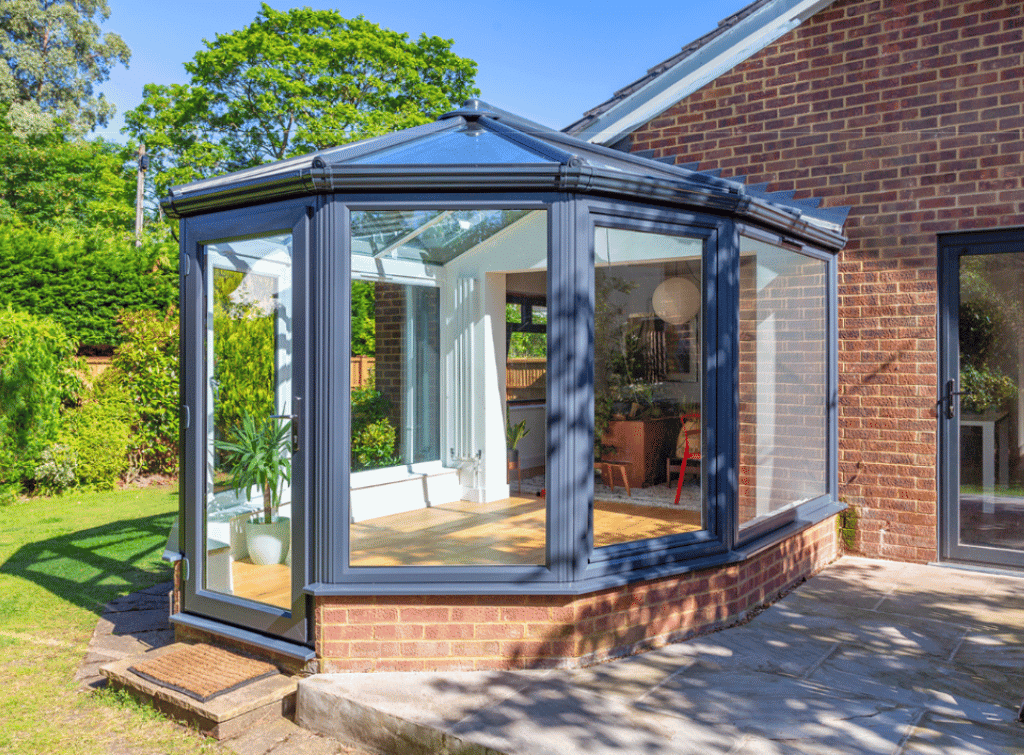
More living space: Conservatories are a more affordable way to add extra living space to your home, be it for lounging, dining, or playing
Increase in property value: If done well, a conservatory can add up to 7% to the value of your home
Connection with the outdoors: With temperature-control design features, modern conservatories allow you to enjoy your outdoor space from the comfort of your home, whatever the weather
Natural light: The glazed conservatory structure lets in a huge amount of light, which bathes surrounding rooms too, brightening the interior of your home
Advanced technology: The best conservatories use energy-efficient, durable materials for exceptional insulation, soundproofing, and weather-resistance
No need for planning permission: Conservatories are generally considered 'permitted development' as long as they meet specific rules and conditions
What are the advantages of an extension?
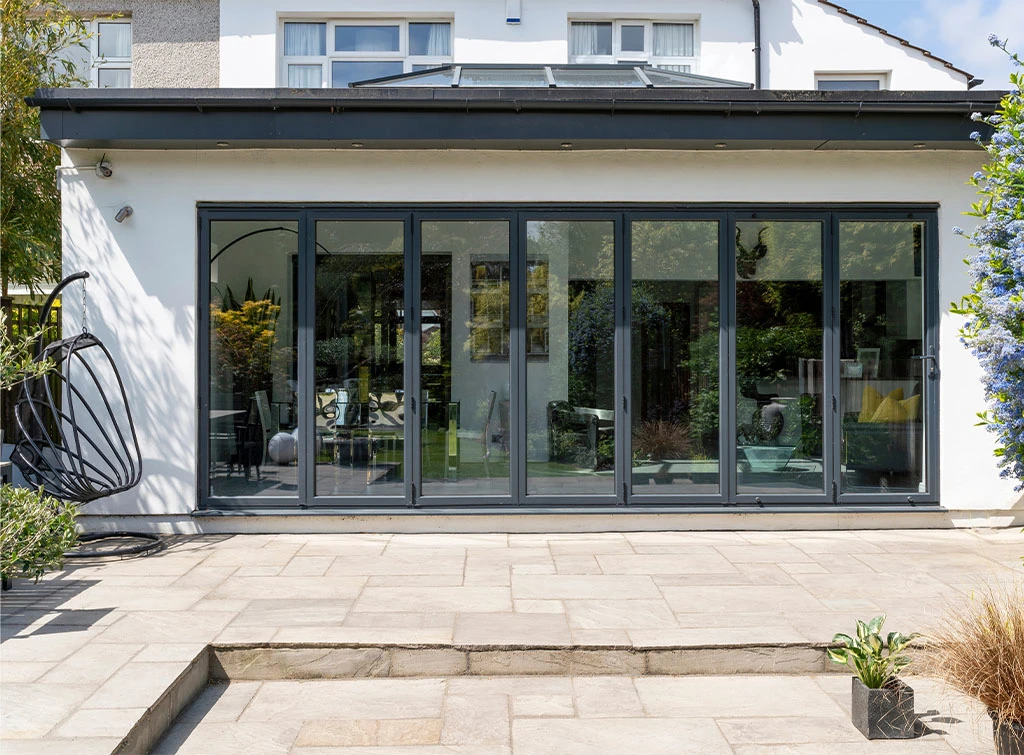
Increased living space: Extensions create more living space for dining, entertaining, or an extra bedroom without the costly process of moving home
Integrated structure: Extensions are typically designed to seamlessly blend with the existing architecture of your home for a cohesive and aesthetically pleasing appearance
Bespoke options: You can customise the design, size, and layout of the extension to suit your lifestyle
Multi-purpose: Extension ideas are more versatile than a conservatory and can include an extra bedroom, home office, or kitchen diner, for example. They can completely transform the way you use your property
Long-lasting: An extension is a long-lasting build that will generally add more value to your property than a conservatory
Do you need planning permission for a conservatory?
It’s not normally necessary to get planning permission for a conservatory as it falls within permitted development. However, to do so, it will need to meet certain rules and criteria.
For example, the conservatory will need to cover less than 50% of the area of your home and be at the rear of your property.
Do you need planning permission for an extension?
Some extensions require planning permission, others don't. For example, you won't need planning permission for a single-storey extension if it falls within permitted development rights, providing certain limitations and conditions are met.
However, whether you can build an extension without planning permission depends on your property type, the build, and location. Check with your Local Planning Authority if you’re unsure.
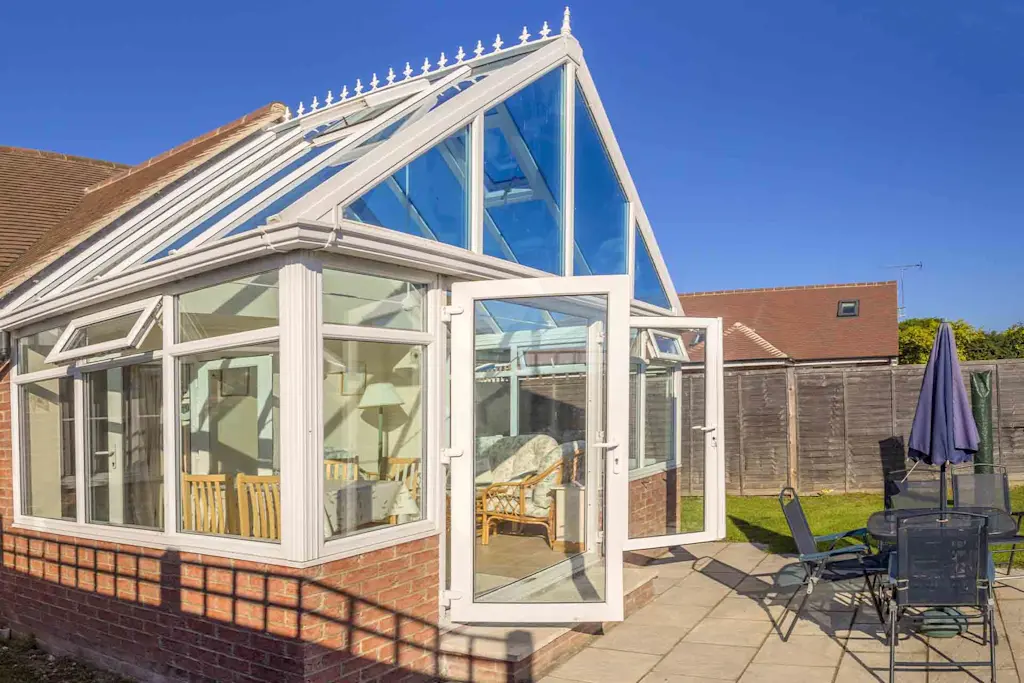
Find reputable and experienced contractors near you
Search your postcode to find certified and approved conservatory companies in your area.
See the tradespeople we've checked and recommend for your job
FAQs
What makes a conservatory an extension?
A conservatory becomes an extension when it exceeds permitted development rights and requires planning permission.
What is the 10-year rule for conservatory planning permission?
Under new legislation that came into force in October 2008, installing a conservatory is considered a permitted development.
However, if you're buying or selling a house with a conservatory that was installed before October 2008, you'll need to know if the conservatory meets the standards required before and after the 2008 legislation was introduced.
The 10-year rule applies if your conservatory met the pre-2008 requirements but not the planning permission legislation that came after that, but has been in continuous use for more than a decade and has remained unchallenged during that period. In this case, the conservatory is likely to be granted immunity.
Do I need planning permission to convert my conservatory into an extension?
If your conservatory is the same size as the proposed house extension, then you may not need planning permission.
However, you will need to make sure your plans comply with building regulations as conservatories and extensions are classed as different things.
You'll also need to find out if you need a party wall agreement. It's a courtesy to inform your neighbours of your upcoming project even if a party wall agreement isn't needed.
Check with your Local Planning Authority for more information on specific restrictions and permissions in your area.
What adds more value - an extension or conservatory?
It depends on the size and style of the extension or conservatory, but in general, an extension will add more value to your property than a conservatory – particularly if the extension adds any bedrooms and bathrooms.
What makes a conservatory not an extension?
Conservatories are largely made up of glass - typically 75% glass for the roof and 50% glass for the walls. Whereas extensions have solid walls and a roof constructed from materials such as brick and tile.
Also, conservatories look like an addition to your home while an extension is designed to blend into an existing building.
See the tradespeople we've checked and recommend for your job
More Expert Advice Articles
More Conservatory Installation Articles
See the tradespeople we've checked and recommend for your job



